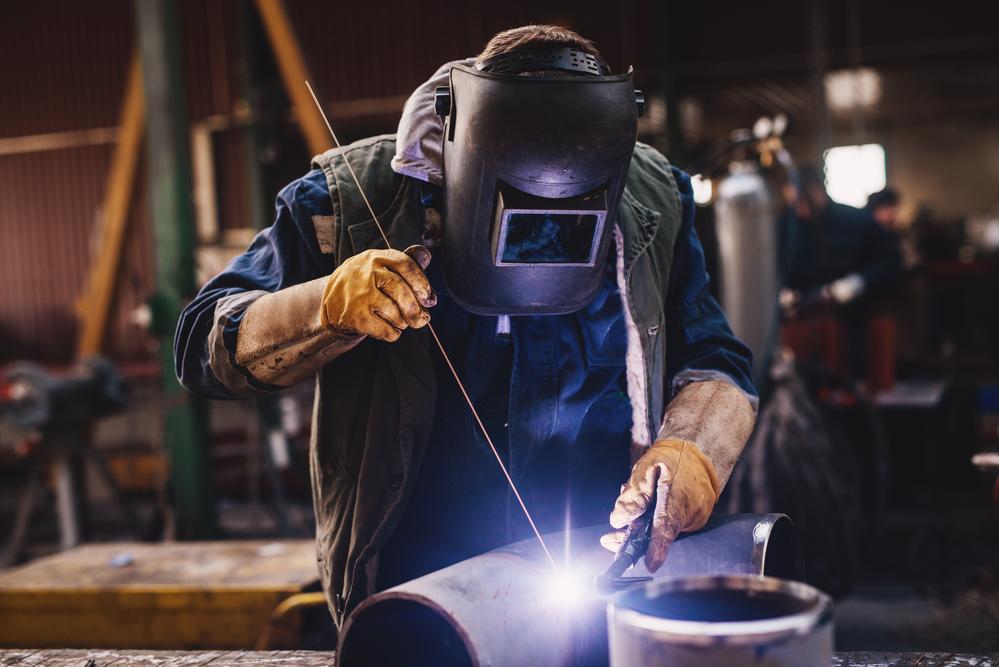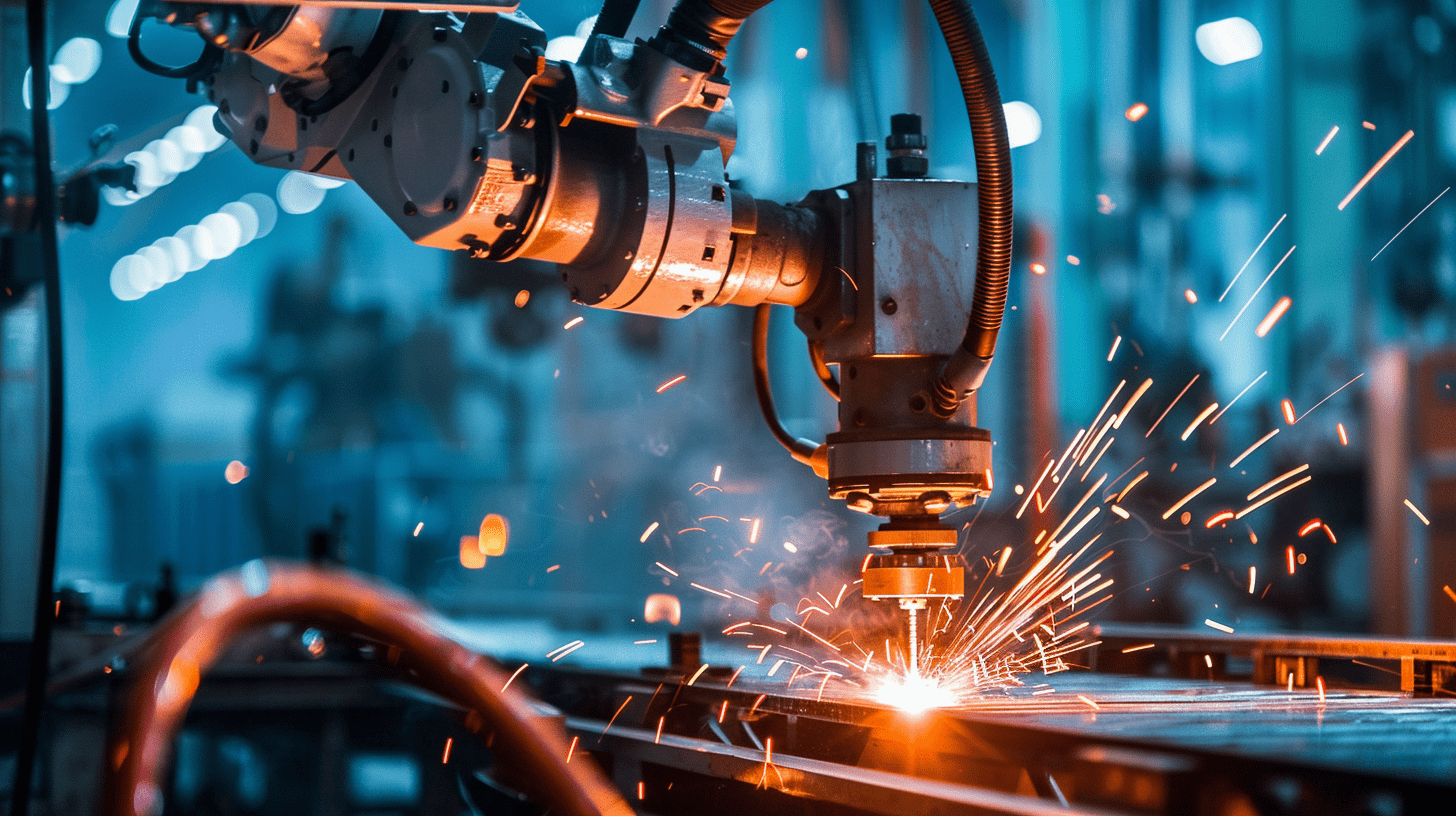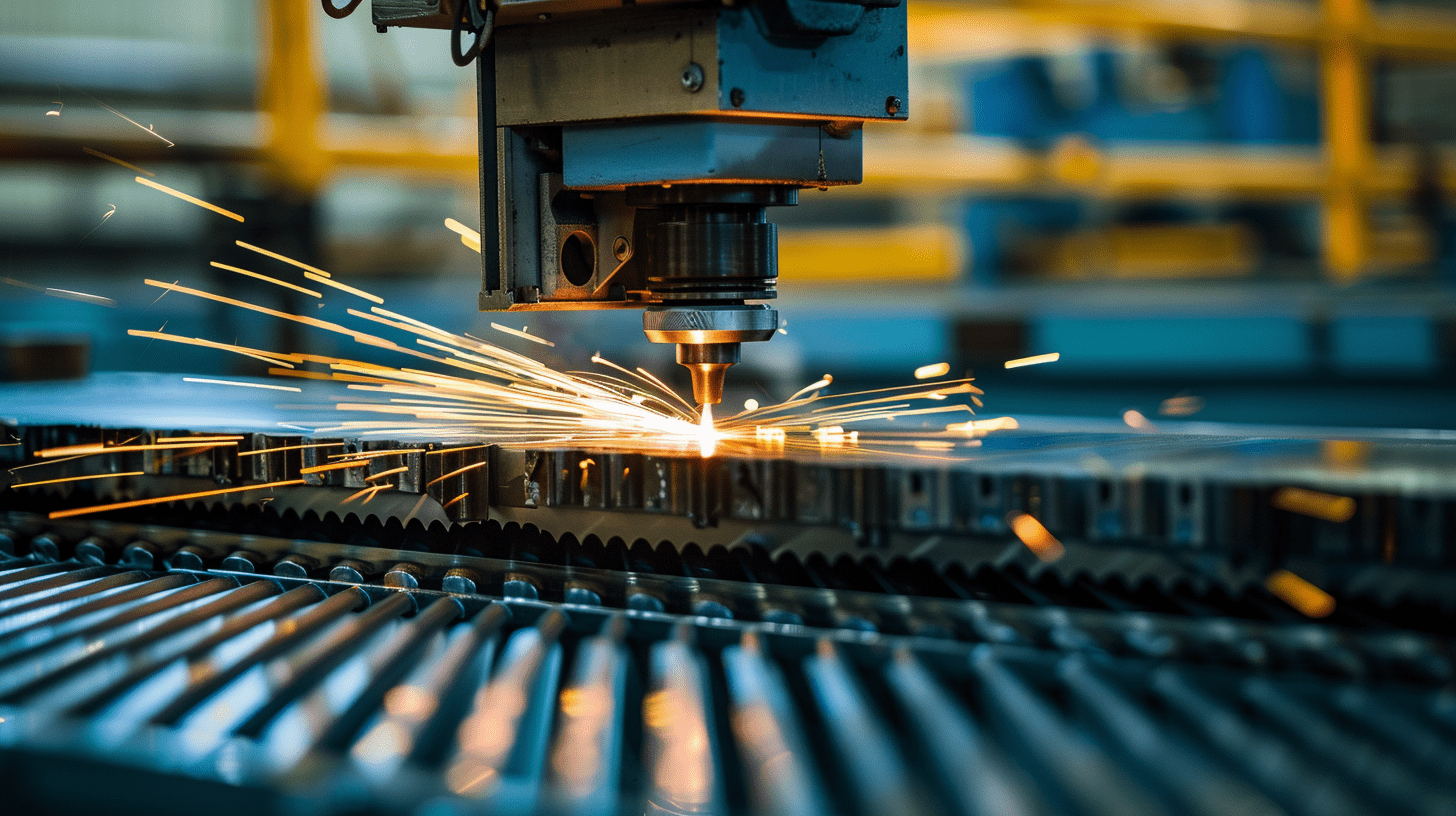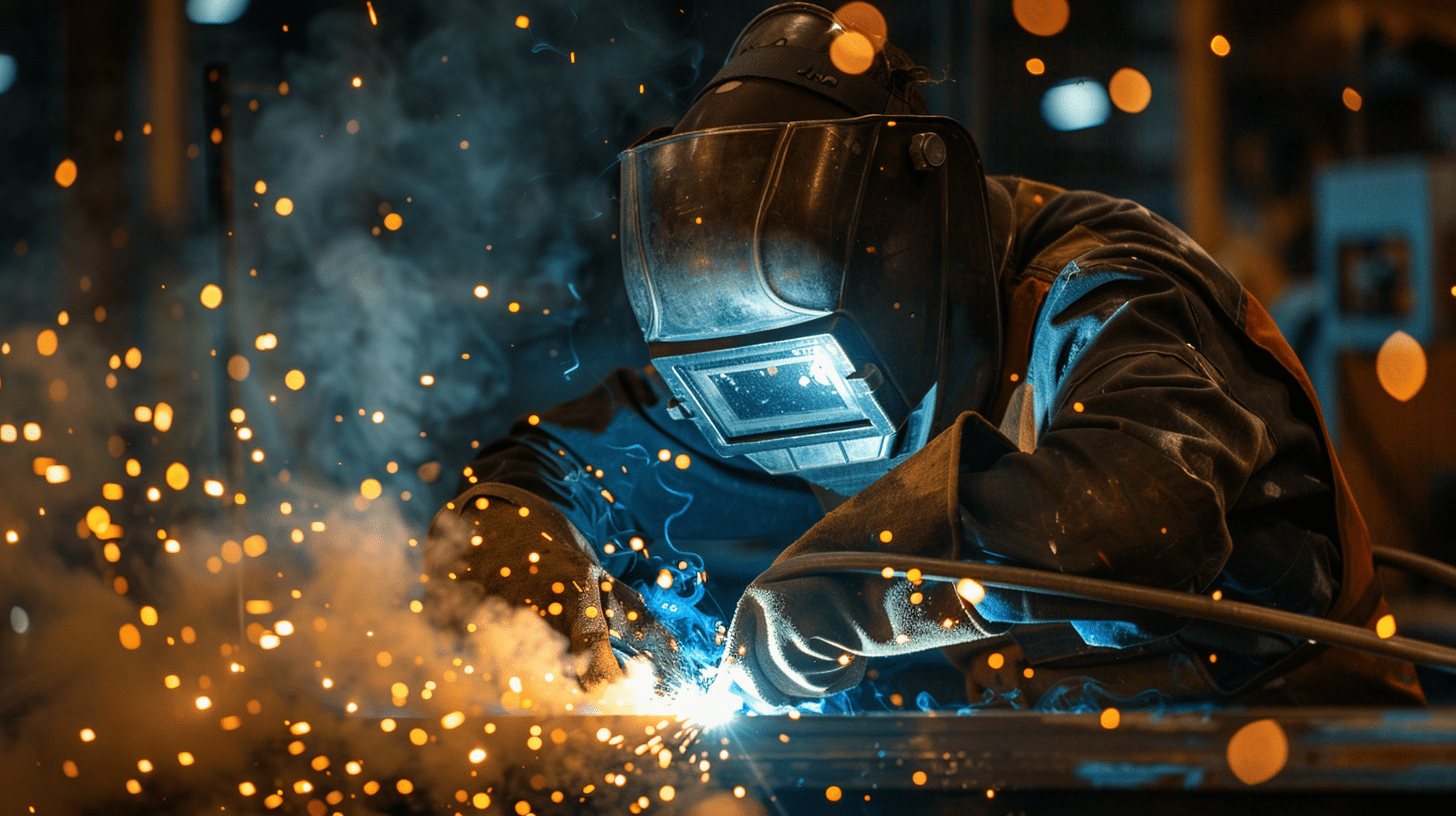Introduction:
As we know that there are different types of welding processes, so the methods to maintain Welding Arc after initiating it differs according to the process. In today’s article, we will learn about methods of Arc maintenance after initiation.
What are Arc Welding and Arc initiation?
In this type of welding, intensive heat is used to join two pieces of metal together, and to create this level of heat an arc is created. This heated arc when brought in between these two pieces of metal melts them and they join once cooled. This creates a strong welded joint. In simpler terms, when an electric arc is created to join two metals with each other, its process is known as Arc Welding.
To create an arc between the workpiece and electrode in a welding circuit, you need an ionised passage for the current to flow over the gap. And a welding arc needs to be initiated. Nonetheless, the method to initiate the arc depends upon the welding process being used. But there are some regular methods being used by industries known as – “Touch Start” and “Field Start”. The current used in arc welding might be AC (Alternate current) or DC (Direct Current).
Maintenance of Arc in welding machine:
After initiating the stable electric welding arc, the second step is to maintain the heat generated to provide good-quality welding results. Typically, it’s not tough to reignite a steady and balanced arc, if it goes off temporarily. It hardly takes tens or maximum hundreds of volts to reignite the arc, as compared to thousands of volts required to ignite or initiate an arc in Gas Tungsten arc welding. But there are still ways to maintain the arc with two major conditions:
- The heat generated to stabilise the arc temperature should be matched to the heat dissipation rate from the arc region.
- During the job work, it happens that a few electrons are lost to the workpiece and surroundings, but if we balance them with the number of electrons produced, then the arc can be maintained.
As mentioned above the flow of current needs an ionised passage to pass across electrodes and workpieces. And for this, we need an ample number of charged particles namely ‘ions’ and ‘electrons’. However, only a few of the electrons reunite with ions. Some of the electrons are lost to the surroundings of the workpiece. By producing new electrons we can compensate for the loss of these lost electrons. This can be done by ‘Alternate Current’ or ‘Direct Current’.
In Direct Current, maintaining the flow of electrons becomes rather easy. And as a result, arc maintenance becomes easy too. The reason is the direction of the current along with its magnitude does not change with time. If a short circuit happens, only during that time the arc is lost. Yet, this problem can be solved if we provide suitable dynamic volt-ampere characteristics of the power source. In such cases, to initiate and maintain the welding arc easily, electrode coatings with higher quality emissivity or with low ionisation probability can be helpful.
While in Alternate Current, re-ignition and maintenance of the arc is somewhat difficult. Because the direction of the current and its magnitude changes with time and as a result, the flow of the current becomes zero for a moment. In such scenarios, additional caution and planning are needed. To maintain the Arc in Alternate current welding, we have two regularly used methods:
- Low Power Factor power source:
By using proper low power factor, current and voltage are made out of phase, in this method. So that when the current is Zero, OCV (Open Circuit Voltage) is available between the workpiece and the electrode. Our main requirement to maintain the arc is to maintain the flow of existing electrons. For that OCV through the workpiece and electrode helps in the release of free electrons. To enhance the arc stability and maintenance of the welding arc, this method is used deliberately.
- Low Ionization Potential Elements:
Potassium, Sodium and Calcium are considered low Ionization Potential Elements. For maintaining the welding arc, via this method, free electrons are released by these elements after they are filled in the flux covering of the electrode coating. Even if there is a small potential difference between the workpiece and the electrode, there will be fairly good electrical conductivity for maintaining the welding arc.
Conclusion:
In today’s article, we learnt about the basics of initiating the welding arc and its methods. And we learnt in detail about how to maintain the welding arc. We would be glad to have feedback from our readers. It helps us to give better output every time when we get connected to our viewers. Keep viewing and stay connected with us.




